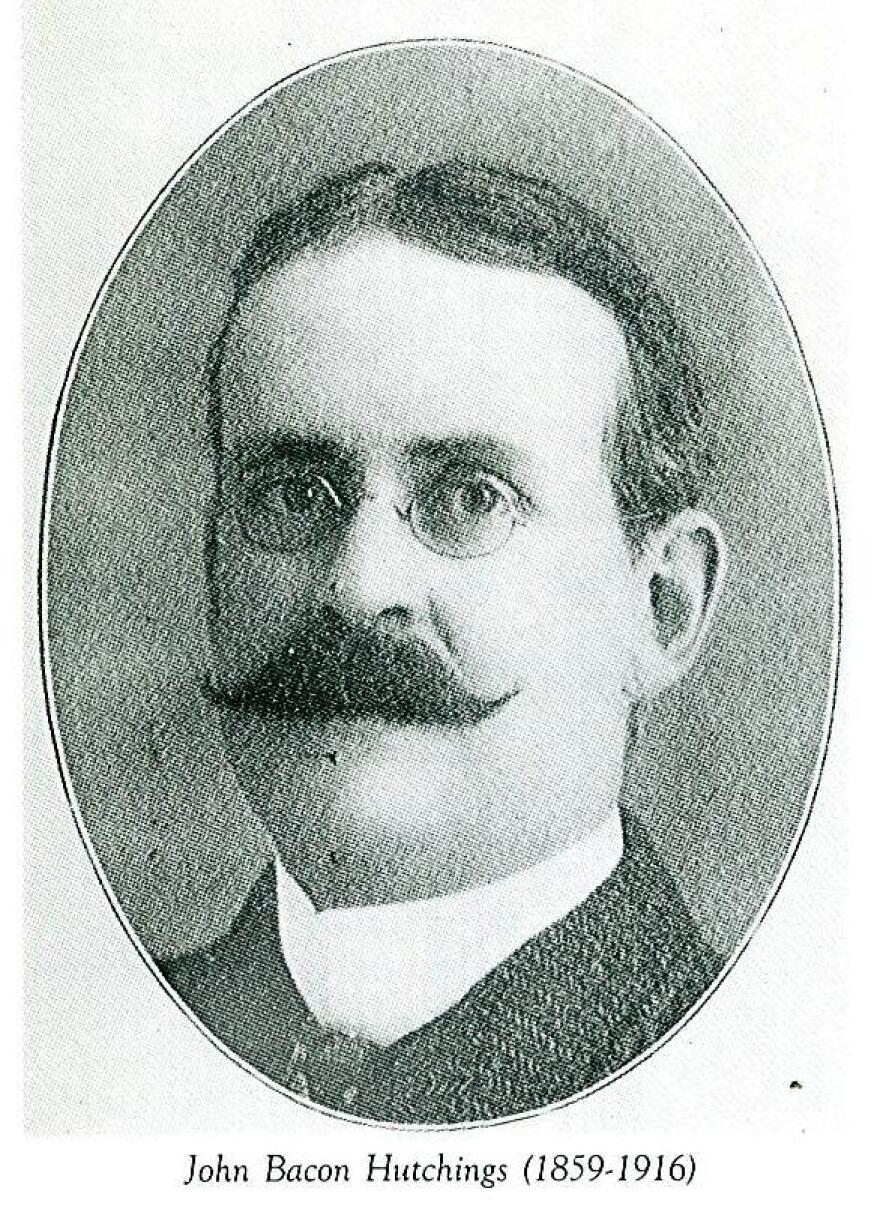Louisville architect and historian Steve Wiser drives down Lexington Road before making a quick turn into a nondescript driveway obscured by trees.
“Many people do not know this house exists, but I drive through here all the time because this is one of JBH’s premier designs,” he says, rounding his car towards a massive Tudor-style home.
JBH — or John Bacon Hutchings — was a local architect who helped build up some of the earliest Louisville neighborhoods at the start of the 20th century, a prime time to be an architect in the city.
According to Wiser, in the early 1900s, Louisville residential development began to dramatically change. Instead of living near their places of work, the introduction of automobiles allowed Louisvillians to move further outside the city.
The Olmsted Park System was developing and many of the wealthier residents wanted houses close by and custom-built to their taste — like the Frank Fehr House on Lexington Road, which Wiser considers to be Hutchings' masterpiece.
“This is a very grand house with a carriage house in the distance,” Wiser says. “And the interior is just phenomenal -- beautiful woodwork, murals, decorative elements.”
But here’s the thing: Hutchings, who went on to design probably 30 large Louisville residences in Cherokee Park, Glenview and Clifton, had no formal architecture training.
After Hutchings' father died when he was a teenager, he worked as a sheep herder and a vinegar salesman before finally taking on a construction project for Cass Gilbert. Gilbert was one of America’s most famous architects who designed things like the St. Louis Art Museum and the Detroit Public Library.
“Cass Gilbert was one of the grand American architects of his time period,” Wiser says. “Some would equate him with Frank Lloyd Wright, though Wright had his own modernist style where Gilbert was more classical. That’s when the construction bug bit JBH.”
And Hutchings had a knack for design and made connections in Louisville. His son, Eusebius Hutchings, carried on his father’s work, designing many Louisville estates and Spindletop in Lexington.
As an architect himself, Wiser came across the work of the Hutchings duo and realized many Louisvillians probably drive by their work every day without knowing it.
Wiser will give a lecture at the Filson Historical Society about their background and some of their better-known properties Thursday, August 31. More information is available here.




